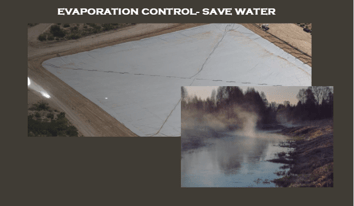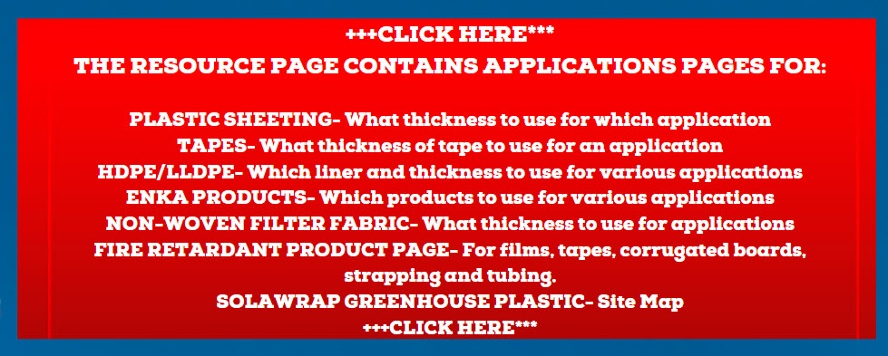
The Remarkable Benefits of Floating Tank Covers in Industrial Storage
In the realm of industrial storage and containment, innovation knows no bounds. One remarkable development that has revolutionized the storage industry is the implementation of floating tank covers. These covers provide an effective and efficient solution for various industrial applications, offering a range of benefits that enhance operational performance, safety, and environmental sustainability. In this blog post, we will delve into the what, when, where, and why of floating tank covers, shedding light on their remarkable advantages and their growing popularity across industries.
What are Floating Tank Covers?
Floating tank covers, as the name suggests, are specialized covers designed to float on the surface of liquid storage tanks. These covers are typically made from durable materials such as high-density polyethylene (HDPE), ethylene propylene diene monomer (EPDM) rubber, or flexible geomembranes. They are custom-fabricated to fit specific tank dimensions and secured in place to create a barrier between the stored liquid and the atmosphere.
When are Floating Tank Covers Used?
Floating tank covers find utility in a wide range of industries that rely on large-scale storage tanks. Some common applications include:
-
Water and Wastewater Treatment: Floating covers are extensively used in water and wastewater treatment plants to cover primary and secondary clarifiers, equalization basins, and anaerobic digesters.
-
Chemical Industry: Chemical storage tanks, such as those containing acids, caustics, or hazardous chemicals, often employ floating covers to prevent the release of harmful vapors into the atmosphere.
-
Oil and Gas Sector: Floating tank covers are employed in oil refineries, petrochemical plants, and crude oil storage facilities to minimize the evaporation of volatile organic compounds (VOCs) and reduce the risk of fire hazards.
-
Agriculture: Farms and agricultural facilities use floating covers for manure storage tanks, preventing odor emissions and minimizing the release of greenhouse gases.
-
Food and Beverage Industry: Floating covers are utilized in the storage of edible oils, dairy products, wine, and other food-grade liquids to maintain product quality and reduce the risk of contamination.
Where are Floating Tank Covers Used?
Floating tank covers can be found in various locations worldwide, across a wide spectrum of industries. Their usage is particularly prevalent in areas where large-scale liquid storage is required, such as:
-
Municipalities: Floating covers are commonly employed in wastewater treatment plants, municipal water storage facilities, and stormwater retention basins.
-
Industrial Facilities: Chemical processing plants, refineries, and manufacturing facilities utilize floating covers to ensure regulatory compliance and protect the environment.
-
Agricultural Operations: Farms, livestock operations, and biogas facilities use floating covers to manage waste storage and reduce environmental impacts.
Why Use Floating Tank Covers?
-
Vapor Reduction: One of the primary benefits of floating tank covers is the significant reduction in vapor emissions. By minimizing the contact between the stored liquid and the atmosphere, floating covers prevent the escape of harmful vapors, volatile compounds, and odors, thereby improving air quality and reducing health and safety risks.
-
Evaporation Control: Floating covers effectively reduce evaporation rates, helping conserve valuable resources like water, chemicals, and fuels. This results in substantial cost savings and increased operational efficiency, particularly in water-scarce regions or industries with high evaporation rates.
-
Environmental Protection: Floating tank covers play a crucial role in environmental protection. By preventing the release of pollutants and volatile organic compounds (VOCs) into the air, they help mitigate climate change, reduce greenhouse gas emissions, and promote sustainable practices.
-
Safety and Security: These covers act as a physical barrier, protecting stored liquids from external contaminants, pests, and unauthorized access. Additionally, they minimize the risk of fires and explosions by limiting the
What Films can be used for a floating tank cover?
When it comes to the materials used for evaporation and floating tank covers, three commonly used options are LLDPE (Linear Low-Density Polyethylene), HDPE (High-Density Polyethylene), and XR-5 (a flexible geomembrane material). Each material has its own unique properties and advantages, making them suitable for different applications. Let's explore when and where each material is commonly used:
-
LLDPE (Linear Low-Density Polyethylene):
- LLDPE is a flexible and durable material known for its excellent chemical resistance and UV stability.
- It is commonly used in applications where chemical resistance and cost-effectiveness are crucial factors.
- LLDPE floating tank covers are suitable for various industrial applications, including water and wastewater treatment, municipal storage tanks, and agricultural operations.
- They provide reliable protection against vapor emissions and evaporation while offering a cost-effective solution.
-
HDPE (High-Density Polyethylene):
- HDPE is a robust and rigid material with high tensile strength and excellent chemical resistance.
- It is often chosen for applications requiring increased mechanical strength and puncture resistance.
- HDPE floating tank covers are commonly used in industries such as oil and gas, chemical processing, and hazardous material storage.
- They provide superior protection against vapor emissions, evaporation, and potential environmental hazards.
-
XR-5 (Flexible Geomembrane Material):
- XR-5 is a highly durable and chemically resistant material specifically designed for demanding industrial applications.
- It offers exceptional resistance to UV radiation, punctures, and tears, making it suitable for harsh environments.
- XR-5 floating tank covers are commonly used in applications where extreme chemical resistance, long-term durability, and weatherability are required.
- They are frequently employed in industries such as oil refineries, chemical processing plants, and wastewater treatment facilities.
It's important to consider the specific requirements of the application when choosing between LLDPE, HDPE, or XR-5 for evaporation and floating tank covers. Factors such as chemical compatibility, UV exposure, mechanical stress, and budgetary considerations play a significant role in material selection. Consulting with industry professionals and experts can help determine the most suitable material based on the specific needs and conditions of the project.



